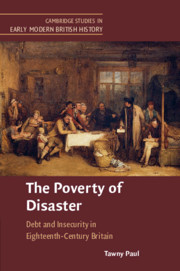In the defamatory stories about Raúl, storytellers relate an extravagant catalog of cruel “pranks” to which elites supposedly subjected Raúl for their own sadistic entertainment. In addition to satisfying audiences’ thirst for voyeuristic violence against a Black man, these scenes – full of lurid nudity, homosocial sexuality, and near-death experiences – cast him as hapless and devoid of will. Contemporaneous sources (1916–30) do show a marked degradation in visual and textual representations of Raúl – he becomes less “bat” or mysterious creature of the night, and more blood-sucking parasite, ridiculous clown, or punching-bag. I trace Raúl’s reduction to caricature to the 1916 comic strip “The Adventures of El Negro Raúl,” a hugely popular weekly publication in which a bumbling, hapless, and mistreated Raúl, rendered in blackface style, is the main character. Many more such portrayals would follow. Generations of storytellers who later recounted Raúl’s life, skipping over everything that made him extraordinary, looked at these sources and took them as evidence of the idea that Raúl was, in fact, a sorry buffoon. But they get the causation backward. It was the fanciful stories of degradation told in these texts and images that caused Raúl’s fame to sour, to become infamy. And the defamatory stories writers and artists told about Raúl narrowed his choices, forcing him to step into a complicated relationship with the young men of the city’s elite that often involved mistreatment (if not quite the sensational “pranks” related in later stories). The tenuous balancing act of Black celebrity, always challenging, became especially difficult to pull off after 1916, as a newly threatening form of blackness burst onto the national stage with momentous shifts in national politics – the election of the first president through universal male suffrage. The removal of an entrenched aristocracy from power, and the rise of “masses” considered “black” in their barbarism (if not their actual ancestry), made Raúl’s character – Black in both the racial and class senses of the word – a scapegoat and a useful object lesson in how not to be Argentine. Raúl’s alluring visibility morphed into punitive and risible hypervisibility, fed by broader social and cultural narratives – suspicion of panhandlers and vagrants during the economic depression, the maligning of social climbers in the era’s tangos, or an obsession with fallen celebrities in the sensationalist press – but especially by racial stories about specifically Black celebrities who soared too high and were destined to die in abject misery and oblivion.


